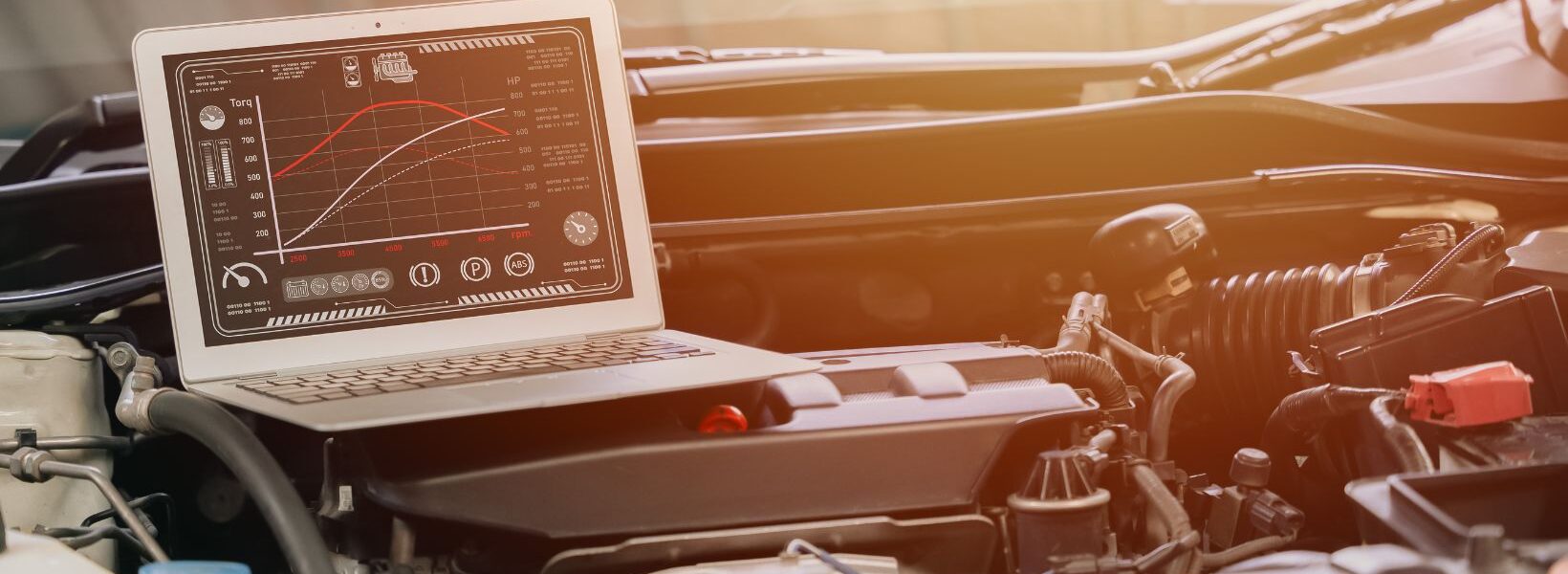Understanding how vehicle software networks work involves delving into the intricate systems that control modern vehicles. These networks are integral to the functionality, safety, and efficiency of contemporary automobiles. Here’s a detailed exploration of how these networks operate.
Overview of Vehicle Software Networks
Vehicle software networks, or automotive networks, consist of various interconnected electronic control units (ECUs) that communicate to manage different vehicle functions. These networks enable components like engines, transmissions, infotainment systems, and advanced driver-assistance systems (ADAS) to work together seamlessly. They rely on standardized communication protocols and architectures built by vehicle network solutions providers to ensure that the complex array of vehicle functions can be coordinated effectively.
Key Components
1. Electronic Control Units (ECUs):
– Definition: ECUs are embedded computers within a vehicle responsible for controlling specific functions. For example, the Engine Control Unit (ECU) manages engine performance, while the Body Control Module (BCM) handles lighting and windows.
– Functions: Each ECU has a dedicated task but relies on data from other ECUs to operate efficiently. For instance, the ABS ECU (Anti-lock Braking System) communicates with the engine ECU to optimize braking performance.
2. Communication Protocols:
– CAN (Controller Area Network): CAN is the most widely used protocol in vehicles, designed to handle high-priority messages quickly. It allows multiple ECUs to communicate over a single network bus, facilitating real-time data exchange.
– LIN (Local Interconnect Network): LIN is used for simpler, lower-speed communication tasks, such as controlling window motors or seat adjustments. It operates alongside CAN in a complementary role.
– FlexRay: This protocol is used for high-speed, high-reliability applications, often in critical systems like advanced safety features. It supports real-time communication and offers redundancy.
– MOST (Media Oriented Systems Transport): MOST is used primarily for multimedia data transmission, including audio and video. It supports high-bandwidth communication necessary for infotainment systems.
– Ethernet: With increasing data demands, automotive Ethernet is becoming more common. It provides high-speed, high-bandwidth communication necessary for advanced systems like autonomous driving and sophisticated infotainment setups.
Network Topologies
1. Bus Topology:
– In a bus topology, ECUs are connected to a single central cable, or “bus,” allowing for efficient communication and reduced wiring complexity. The CAN bus is a prime example of this topology.
2. Star Topology:
– Here, each ECU connects directly to a central hub or switch. This topology can offer better fault isolation and more straightforward network management.
3. Hybrid Topology:
– Modern vehicles often use a combination of topologies to balance performance and reliability. For example, a CAN bus might be used for critical systems, while a star topology handles infotainment data.
Data Flow and Communication
1. Message Passing:
– ECUs exchange messages over the network to perform their functions. Each message typically includes a header (with information like the sender, receiver, and priority) and a payload (the actual data). For example, a temperature sensor ECU might send data about engine temperature to the engine control unit.
2. Synchronization:
– Ensuring that different ECUs operate in sync is crucial, especially in systems requiring real-time responses. Protocols like FlexRay are designed to provide precise timing and synchronization.
3. Error Handling:
– Vehicles employ various mechanisms to detect and handle errors in communication. Redundant systems, error-checking codes, and retransmission protocols help ensure that data integrity is maintained.
Advanced Applications
1. Infotainment Systems:
– Infotainment systems use vehicle networks to connect with various ECUs and external devices. They manage multimedia playback, navigation, and connectivity features, relying on high-bandwidth protocols like MOST and Ethernet.
2. ADAS (Advanced Driver Assistance Systems):
– ADAS includes features like adaptive cruise control, lane-keeping assist, and automatic emergency braking. These systems require real-time data from multiple sensors and ECUs. Communication protocols must handle large amounts of data quickly and reliably to ensure system effectiveness.
3. Autonomous Vehicles:
– Autonomous vehicles push the boundaries of vehicle software networks, requiring robust and high-speed communication systems. They use a combination of sensors (like LIDAR, radar, and cameras) and sophisticated data processing algorithms. Ethernet and high-speed CAN networks are crucial for handling the vast amount of data these systems generate and process.
Security and Privacy
1. Cybersecurity
– With the increasing connectivity of vehicles, cybersecurity is a major concern. Vehicles are vulnerable to hacking and cyber-attacks that could compromise safety and privacy.

Secure communication protocols, encryption, and regular software updates are essential to protect vehicle networks.
2. Data Privacy:
– Vehicles collect a significant amount of data, from driving patterns to personal information stored in infotainment systems. Ensuring that this data is protected and used responsibly is crucial for maintaining user trust and compliance with regulations.
Future Trends
1. Vehicle-to-Everything (V2X) Communication:
– V2X communication involves vehicles communicating with each other (V2V), infrastructure (V2I), and even pedestrians (V2P). This technology aims to enhance safety and traffic management by sharing information about road conditions, traffic signals, and potential hazards.
2. Over-the-Air Updates:
– Over-the-air (OTA) updates allow manufacturers to send software updates to vehicles remotely. This capability helps in fixing bugs, improving features, and enhancing security without requiring a visit to the dealership.
3. Integration with IoT:
– The Internet of Things (IoT) is expanding into the automotive industry, connecting vehicles with other smart devices and systems.

This integration will enable more seamless interactions between vehicles and their environment.
Conclusion
Vehicle software networks are complex but essential for the functionality of modern automobiles. They integrate numerous ECUs through standardized communication protocols, managing everything from engine performance to infotainment and advanced safety systems. As vehicles become more connected and autonomous, the sophistication of these networks will continue to evolve, presenting both opportunities and challenges in terms of performance, security, and integration with emerging technologies. Understanding these networks is key to appreciating how modern vehicles operate and the innovations driving the future of automotive technology.


